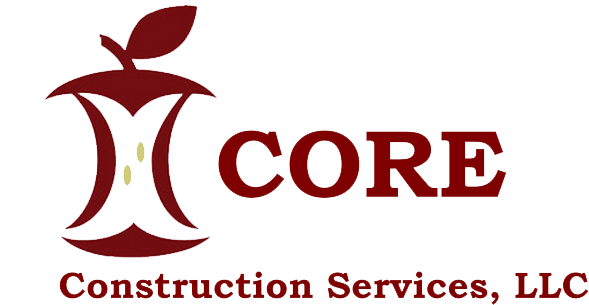Halloween is a Time for Creepy Decorations and Costumes – In Construction, there is nothing Creepier than Scope Creep! Scope creep is the bane of many project managers. It can impact the timeline, cost and quality of a project as well as the morale of the team. In construction, scope creep is a leading cause for project failures. Project managers have to get a handle on the scope of a project from day one, to prevent it from spinning out of control.
Scope creep refers to uncontrolled changes which cause the scope of a project to grow continuously. The only way to prevent this from happening is to maintain constant vigilance from the start of the project, to manage and control all changes throughout it’s lifetime. For a Construction Team, this is especially important with fixed priced contracts, where the costs have to be tightly controlled. For an organization that is building a new project, scope creep can impact critical delivery timelines and cause customer dissatisfaction.
Project managers should keep in mind that scope creep is inevitable in any project and preventing it altogether is next to impossible. The goal of a project manager should be to control and manage the changes systematically and not let them get out of hand. Control the scope before the scope controls you. Be aware all of the changes proposed by the client, the stakeholders, or the team. Ensure that impact analysis is done even for the smallest change, identify the effort, factor in the financials, follow the change management approval process, and update the plan.
To summarize, here are my key solutions for reducing Scope Creep.
- – Have a well-defined scope of work. The agreement should be written clearly. Ensure that all parties understand what is and isn’t included in the scope.
- – Do your due diligence at the start of the project. Read and understand the scope, create a plan based on that scope and review it with your team and your clients.
- – Understand the project objectives and the requirements. Know the deliverables and their functionality and what the client wants to achieve. This will help you to spot unplanned changes that may pop-up.
- – Baseline the first version of the plan and use it to present your case for more time or added costs when the scope starts to increase.
- – Make the requirements very explicit. Go into the details to ensure there is no ambiguity.
- – Keep track of all the changes religiously and document everything. Make sure all the relevant artifacts are updated with version control in place.
- – Do the impact analysis for each and every change and discuss the impact to timelines and budget. The conversations will help everyone to understand what is affected.
- – Have a well defined change control process and communicate it to the team, stakeholders and clients. Make sure that the changes go through the required approvals so that everyone agrees. The change control board should include key members from all disciplines.
- – Don’t be afraid to say ‘no’ if the scope changes are unreasonable. Be wary of changes to the critical path. Discuss the risks and issues openly.
- – The customer is not always right. Don’t be a passive service provider. Collaborate with the client to establish what they want to achieve and use your expertise and perspectives to guide the client. Question the changes that are requested to make them think critically. Ask how it contributes to the overall objective.
- – Expect scope creep to happen and include contingencies in the effort and pricing. This will be an insurance policy. Clients don’t always know what they want and requirements will change during the elaboration and review.
- – Define a clear sign-off process and follow through on it. Make sure that the client understands the process,
- – Communicate often and don’t worry about over communicating. Make sure that the changes and resulting impact are communicated and understood by all parties.
Scope changes don’t need to be a Scary encounter . . . If managed appropriately, scope changes can be positive and can even enhance the final project. If you can communicate the impact of changes to the team, you will keep your client happy and at the same time, increase revenue.
Those who properly manage changes and each cost and schedule impacts throughout a project will inevitably play the role which is not so Creepy!
Let CORE Services manage your project scope and costs, see Cost Control on our website.




